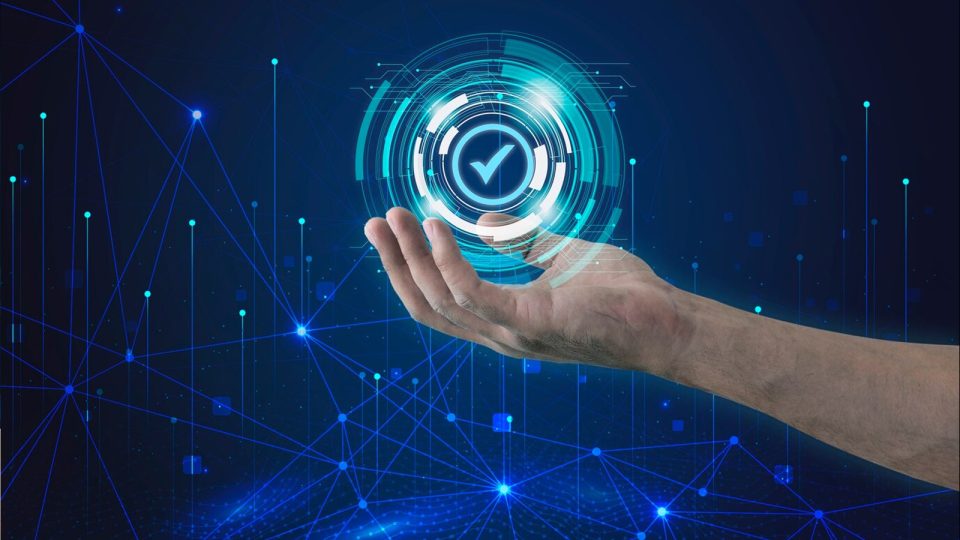
Palo Alto Networks, the global cybersecurity leader, today revealed its perspective on the top AI and cybersecurity trends for 2025. These predictions encompass emerging threats, the impact of advancements in AI, automation and strategic initiatives such as platformization that organizations must embrace to bolster security measures and outpace adversaries.
The rapid integration of AI has spawned unparalleled innovation, but it comes with a critical caveat: Bad actors are looking for ways to take advantage. As both attackers and defenders escalate their use of AI, the cyber battleground will shift toward an ongoing AI versus AI cyber arms race, where speed, adaptability and sophistication will dictate the success of future cyber operations. Alarmingly, according to PwC’s 2024 Global Digital Trust Insights survey, over 40% of business and technology leaders admit to lacking an understanding of the cyber risks associated with disruptive technologies like generative AI. As 2025 looms, organizations are at a crucial juncture to bolster their cybersecurity strategies in order to proactively secure their digital transformation initiatives.
Nir Zuk, Founder and CTO, Palo Alto Networks:
“We stand at the intersection of human ingenuity and technological innovation, where the game of cybersecurity has evolved into a high-stakes match. With AI orchestrating cyberattacks like a skilled quarterback, organizations can no longer rely on a passive zone defense. They must embrace an offensive unified platform approach to stay ahead in the game. The real advantage will go to the organizations that can centralize their data, enabling AI outcomes we have yet to see, and make the decisions now that will enable their security and success for the future.”
From the anticipated surge in high-impact cyberattacks to the integration of quantum AI for energy-efficient solutions, these predictions for 2025 serve as essential guidelines for organizations to shape their cybersecurity strategies and maximize the potential of AI technologies.
Also Read: CIO Influence Interview with Eric Olden, CEO and Co-founder of Strata Identity
Palo Alto Networks 2025 AI and Cybersecurity Predictions:
- Cyber Infrastructure Will Be Centered Around a Single Unified Data Security Platform
In 2025, the cybersecurity landscape will see a shift towards a unified data security platform, enabling AI-powered analysis across code development, cloud environments, and Security Operations Centers (SOCs) to enhance defenses against AI-powered cyberthreats. This convergence will be supported by MSSPs and VARs, guiding organizations to adopt integrated security solutions that optimize resources and improve overall visibility and efficiency, and ultimately outpace attackers. - The Data Advantage: Larger Incumbent Organizations Will See Greater AI Success Than New AI Startups
In 2025, large incumbent organizations with extensive customer bases and data resources will hold a distinct advantage over new AI startups in the cybersecurity landscape. These incumbents’ access to vast amounts of high-quality data fuels AI model performance, creating a competitive edge. For new entrants, accessing similar data volumes presents a considerable challenge. However, we predict that we’ll see more partnerships emerge between larger organizations and emerging startups to drive accelerated AI advancements and collaborative success. - AI’s Integrated Role in 2025: Establishing Trust, Adhering to Governance and Reshaping Leadership in Security Operations
As the number of threats continues to escalate, the SOC will evolve so that advanced AI security analysts execute the majority of detection and response workflows autonomously, allowing human analysts to concentrate on high-IQ tasks that require advanced analytics and strategic thinking. As part of this shift – and while we await further advancements in AI governance and global regulations – it will be crucial for organizations to prioritize transparency and accurately track and explain the decision-making process of AI systems. - Enterprises Will Widely Adopt Secure Enterprise Browsers
Consumer web browsers are inherently insecure with 95% of organizations reporting security incidents originating from the browser across all devices. By adopting secure enterprise browsers for work, organizations can implement stronger security measures to protect against rising threats. - In 2025, There Will Be More Focus on the Energy Impact of AI, Including AI Used for Security
The explosive growth of AI workloads has led to the growing number of data centers globally that consume massive amounts of power. In the coming year, there will be increased attention on the energy impact of AI, including its use in cybersecurity. We’re likely to see several techniques take shape, such as energy-efficient AI models, quantum-based AI frameworks, and even reducing point solutions into platforms, to help mitigate the energy consumption challenges of AI. - Debunking Quantum Security Hype: Managing Expectations and Taking Action in 2025
While practical quantum attacks on widely used encryption methods are not yet feasible, they are likely to become possible within the next decade, prompting organizations to prepare with a short-term quantum-resistant roadmap and adopt quantum-resistant defenses to counteract potential threats. Nation-state-backed threat actors are likely to intensify their “harvest now, decrypt later” tactics, targeting highly classified government data or highly valuable intellectual property with the intent to access it as quantum technology advances. CIOs can address any hype around this topic by highlighting that, although significant progress has been made with quantum annealing, military-grade encryption has not been broken. - The CIO and the CMO Are the Enterprise’s New Dynamic Duo
In the year ahead, the CIO and CMO must closely collaborate on security, regulatory compliance, AI governance, and responsible AI use to enhance operations, cybersecurity and customer experience. Together they can successfully address AI-generated content labeling, data privacy, and a host of issues that will position this C-Suite dynamic duo as an integral part of a company’s security and success.
[To share your insights with us as part of editorial or sponsored content, please write to psen@itechseries.com]


